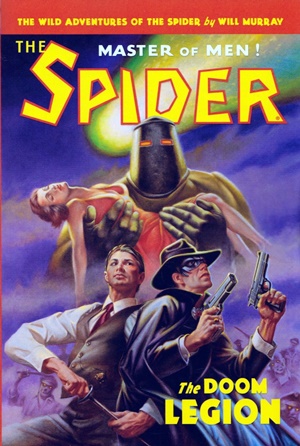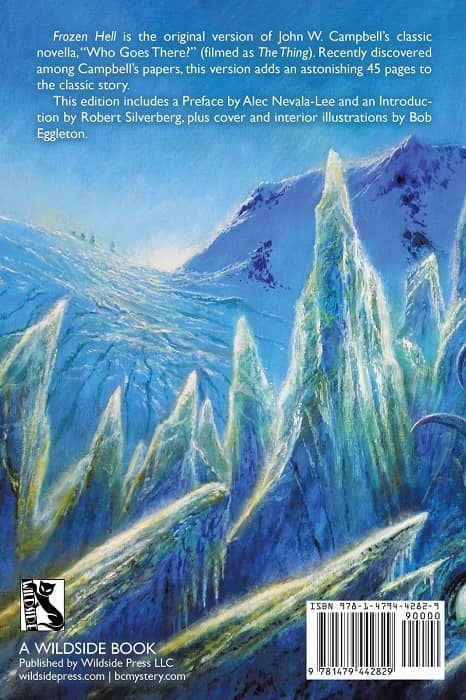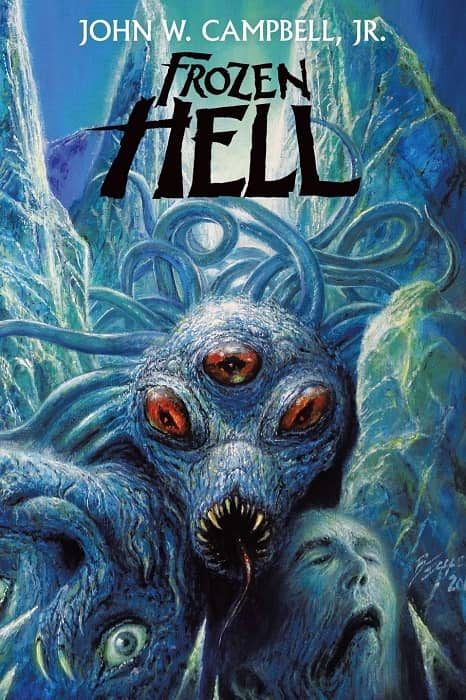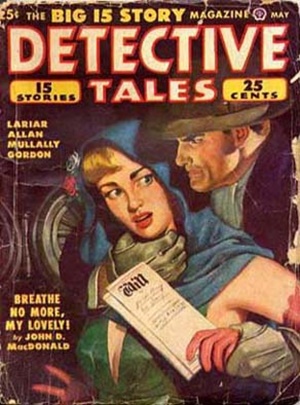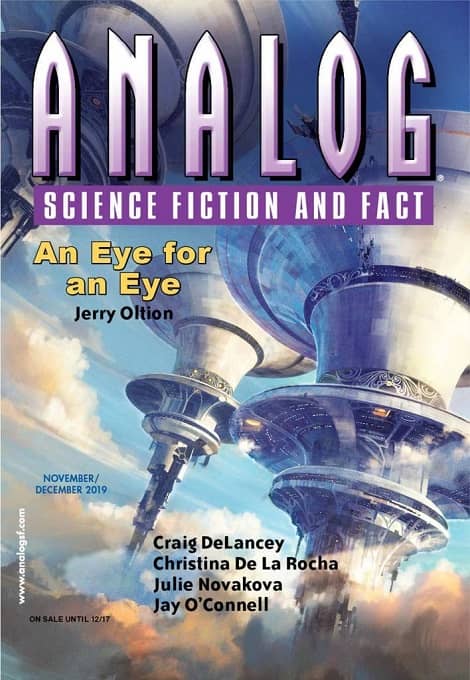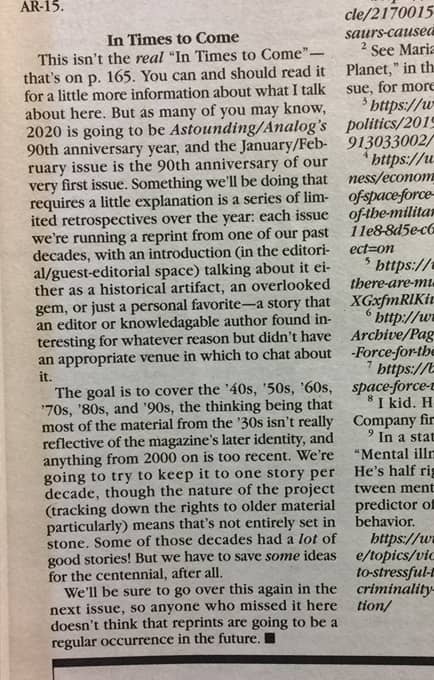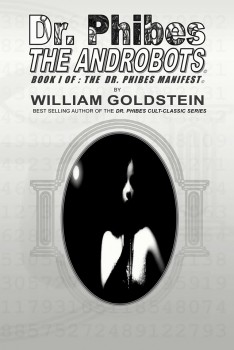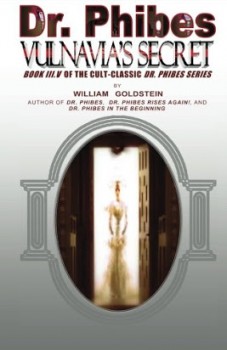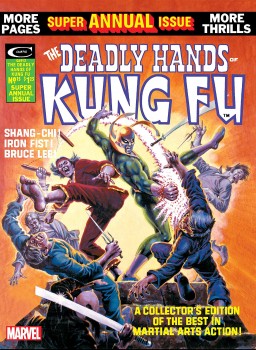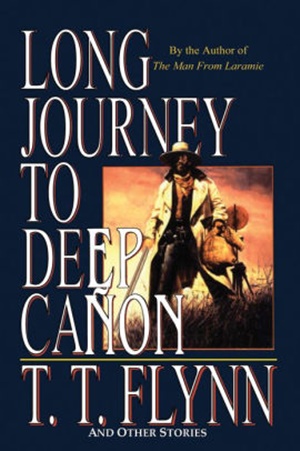 And we’re back live here at A (Black) Gat in the Hand. And we went big, making our first foray into that venerable pulp genre, The Western. I lobbied author Duane Spurlock to join in during the column’s first run, and he decided it was easier to write a post than have me pestering him again. I discovered T.T. Flynn through his Dime Detective stories about racetrack bookie Joe Maddox. But Flynn would go on to a long, successful career writing Westerns. Read what Duane has to tell us!
And we’re back live here at A (Black) Gat in the Hand. And we went big, making our first foray into that venerable pulp genre, The Western. I lobbied author Duane Spurlock to join in during the column’s first run, and he decided it was easier to write a post than have me pestering him again. I discovered T.T. Flynn through his Dime Detective stories about racetrack bookie Joe Maddox. But Flynn would go on to a long, successful career writing Westerns. Read what Duane has to tell us!
“You’re the second guy I’ve met within hours who seems to think a gat in the hand means a world by the tail.” – Phillip Marlowe in Raymond Chandler’s The Big Sleep
(Gat — Prohibition Era term for a gun. Shortened version of Gatling Gun)
When we discuss hard-boiled narrative, the default topic typically is crime fiction—usually the pulp-magazine-era tales from Black Mask and its contemporary competitors through the digest era, culminating in the pages of Manhunt and engendering the rise of the paperback original novel. Bob Byrne has been admirably addressing the earlier realm of hard-boiled narrative in his Black Gat essays.
But hard-boiled writing encompasses more than the works of Carroll John Daly, Dashiell Hammett, Raymond Chandler and their followers. The western genre is a prime example.
These days, if someone mentions the hard-boiled western, what usually come to mind are the violent Spaghetti Western film genre and the resulting prodigious output from the Piccadilly Cowboys and The Man With No Name novels written by Joe Millard and others. Actually, the western and hard-boiled narrative have a long, intertwined history. It began at least with the novel that launched what we recognize as the literary western romance: the 1902 bestseller by Owen Wister, The Virginian, which includes the famous line, “When you call me that, SMILE!” If that’s not hard boiled, I’m not sure where we’ll go with this discussion.
(1902: Twenty years before Daly published ‘the first hard-boiled story,’ “The False Burton Combs” in Black Mask and before Hammett’s first stories, “Holiday” and “The Parthian Knot,” appeared in Pearson’s Magazine and The Smart Set; twenty-one years before Ernest Hemingway’s first short stories were published in Paris, “Three Stories and Ten Poems“)
Of course, the western and the crime story are closely related: since most involve robbers, rustlers, and murderers, we don’t really need John Cawelti’s The Six-Gun Mystique or Richard Slotkin’s Gunfighter Nation to make those connections. During the pulp era, many writers worked in both western and crime/mystery genres, as a number of contemporary authors continue to do – the late Ed Gorman, Loren Estleman, Bill Pronzini, Robert Randisi, and the late Bill Crider have all created excellent tales in both arenas). Among them was T.T. Flynn, whose writing career began in the 1920s.
…
Read More Read More
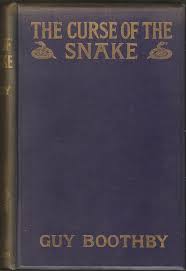 The Curse of the Snake is the Guy Boothby title I have been waiting years to read. I previously covered the five books in his Dr. Nikola series as well as his 1899 novel, Pharos the Egyptian for Black Gate. Boothby is an author whose works have fallen into relative obscurity, but his influence was quite pervasive. A contemporary of Sir Arthur Conan Doyle and Bram Stoker, he turned out works that stand up well against their more celebrated efforts. Most importantly, the influence of Dr. Nikola is felt heavily upon Sax Rohmer’s Fu Manchu series and the character of Ernst Stavro Blofeld from Ian Fleming’s James Bond novels. Boothby’s great flaw was that he was a prolific author of serialized novels who made no effort to correct inconsistencies when his works were published in book form. This hurt his reputation and, along with the speed with which he produced new works, unfairly suggested he was little more than a hack.
The Curse of the Snake is the Guy Boothby title I have been waiting years to read. I previously covered the five books in his Dr. Nikola series as well as his 1899 novel, Pharos the Egyptian for Black Gate. Boothby is an author whose works have fallen into relative obscurity, but his influence was quite pervasive. A contemporary of Sir Arthur Conan Doyle and Bram Stoker, he turned out works that stand up well against their more celebrated efforts. Most importantly, the influence of Dr. Nikola is felt heavily upon Sax Rohmer’s Fu Manchu series and the character of Ernst Stavro Blofeld from Ian Fleming’s James Bond novels. Boothby’s great flaw was that he was a prolific author of serialized novels who made no effort to correct inconsistencies when his works were published in book form. This hurt his reputation and, along with the speed with which he produced new works, unfairly suggested he was little more than a hack.